This is a free fortnightly newsletter about the New Zealand Net.
If you would like to be notified by email when a new edition is published, please contact ZL1NZ.
Browse our Newsletter Archive and List of Net Tips.
Featured key
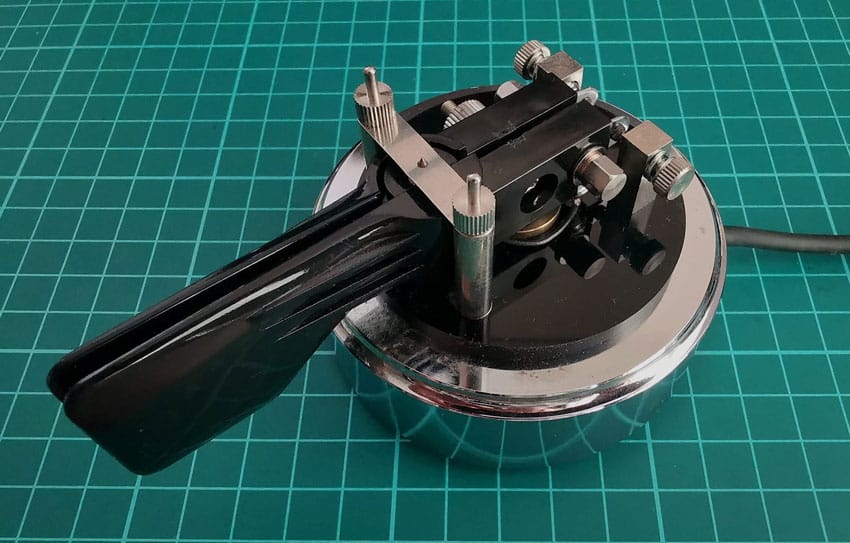
Photos: John Tsui in Facebook group CW Bugs, Keys & Paddles
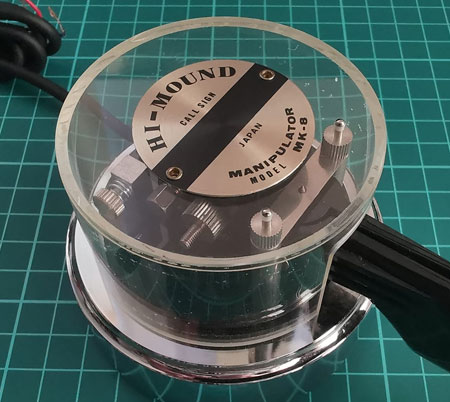 These impressive, but rarely-seen, dual-lever paddles were made by Hi-Mound of Japan.
These impressive, but rarely-seen, dual-lever paddles were made by Hi-Mound of Japan.
Known as the Manipulator Mk-8, they came with a very nice clear plastic cover, including a space for the owner’s callsign.
* If you have an interesting key for this feature, please send a nice clear photo and a few words describing it.
Quick notes
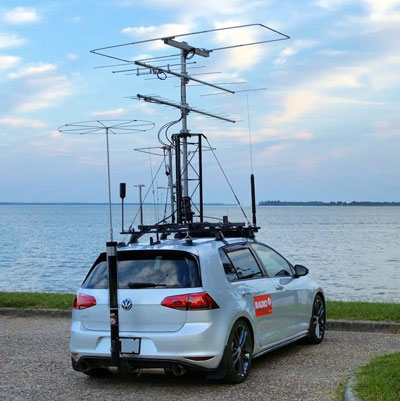 Have you been having a good summer? I always enjoy spending time by the ocean, which is pretty easy to do in New Zealand, but to do it properly you need to have a car like this, right?
Have you been having a good summer? I always enjoy spending time by the ocean, which is pretty easy to do in New Zealand, but to do it properly you need to have a car like this, right?
The VKCW Net resumes its weekly sessions, following a summer break, on Wednesday 7 February at 0603 UTC on 14.049 MHz. A couple of days ago I had a nice chat with Manny VK3DRQ, at the same time and frequency, and it was arm-chair copy both ways – so please consider checking in and helping to maintain our trans-Tasman circuit.
Long time reader, first-time caller. John G4ETQ, in Cornwall, is a subscriber to NZ Net News, so it was a treat to work him on 20 metres CW this week from ZL1NZ. I hope we can do it again soon.
Bill Carney ZL3NB of Christchurch became a Silent Key suddenly, just a few days ago. Bill was a well-known CW operator and DXer. Originally licensed in 1966 at the age of 15 in Philadelphia, Bill’s connection to New Zealand began in the early 1970s while serving as a Radioman in the US Navy. Based in Christchurch, he relayed traffic between McMurdo Station in Antarctica and NCS Honolulu. In 1986 he immigrated to New Zealand and became ZL3ADX, changing to ZL3NB in 1994.
Photo flashback
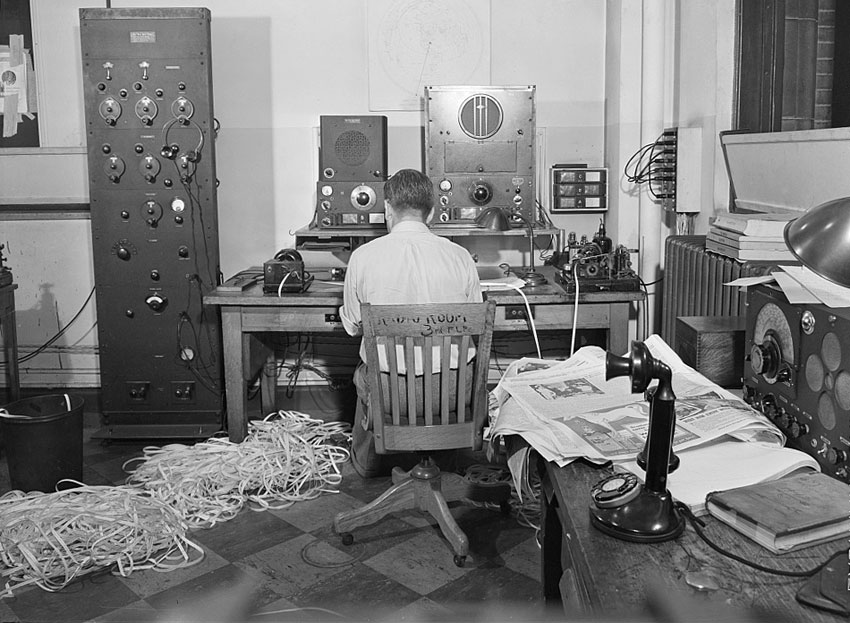
Photo: Marjory Collins
Here’s the well-equipped Radio Listening Room at the New York Times in 1942. Those dual HRO receivers would have been state-of-the-art gear at that time, and I bet they heard some interesting news (and probably a lot of war-time propaganda too).
Sixty-five years later, we still had a radio listening room when I worked at the Toronto Star. It was staffed 24 hours a day by people listening to scanners. 🙂
MorseCram – a weekend of Morse immersion
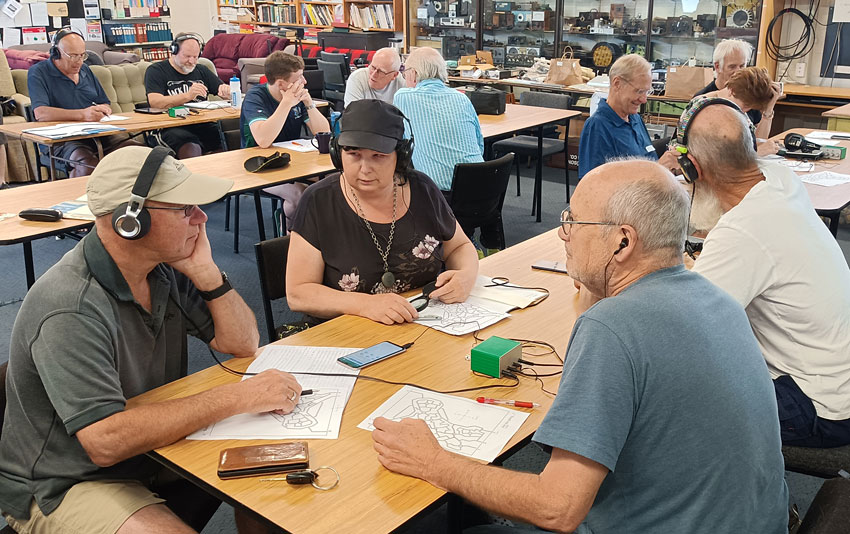
MorseCrammers playing Scarborough Fare. Photo: ZL3KB
By Kelvin Barnsdale ZL3KB
MorseCram Weekend at Branch 05 in Christchurch was an experiment, with the main aim of teaching students the right way to learn Morse, so they could avoid dead ends. In some ways the experiment worked, and in other ways it failed, but more on that later.
We started, and finished, with 14 students, who arrived with various histories of attempting to learn Morse.
The plan was to get students learning a few characters, while making the learning both amusing and interesting. We interspersed five-minute practice sessions and fun activities with chat, anecdotes and information about learning the ‘language’.
No ‘hand-key sending’ was required, or wanted, as we planned for the students to hear perfect, machine-generated Morse. We used the laptop program “Teach” and the mobile app “Morse Mentor”. We decided to follow the Koch method and sequence, starting with the letters K and M, then following with R, S, U and A as the students progressed through the weekend. We used Farnsworth spacing, starting at 5 words per minute overall speed and we had requests from students to quicken the character speed to above 20 wpm.
This raises an interesting point: we tried to get them to recognise the sound of characters, rather than counting dots and dashes. However, for most people that seems impossible, even when sending at 27 wpm character speed, some students were still counting the dot/dash elements! Of course, hours of practice will mitigate that.
So, what were the fun activities? These were all created by the author to lessen the tedium of the practice sessions.
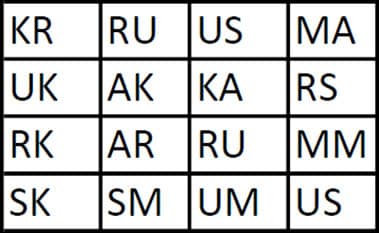 1. Morse Bingo. Once students had learned at least three letters, random groups of two letters were played to them. They had to copy the letters and fill in the squares as per normal bingo. Different bingo cards were created for bigger character sets as they learned more letters. Concentration and fun, but no prizes!
1. Morse Bingo. Once students had learned at least three letters, random groups of two letters were played to them. They had to copy the letters and fill in the squares as per normal bingo. Different bingo cards were created for bigger character sets as they learned more letters. Concentration and fun, but no prizes!
2. Morse Whispers. Played in groups of four, the first student plays a sequence of morse characters to their neighbour without the others listening. The sequence is then relayed to the next person in the group and so on, and we see how well it’s been copied when it returns to the original person. Sometimes double mistakes were made, making the sequence correct at the end!
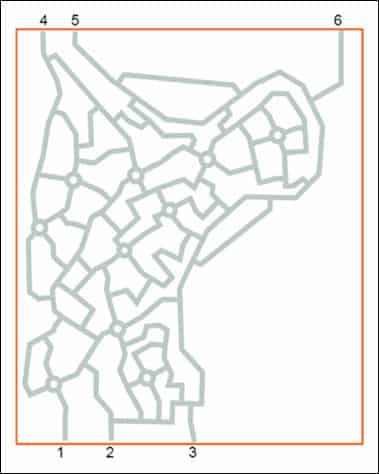 3. Scarborough Fare (named after the café I was sitting in when I thought of this game). Played in groups of four. Each group member is given a road map, and the aim is to navigate across the map, from an entry to an exit point. In turn each member plays a morse character to the others, which represents either left, right, forward or U-turn at the next junction on the map. Initially played with getting to the exit as a group effort, but it can be made competitive so each group member tries to get to their own exit point. Lots of laughter from this one, mainly because they couldn’t agree on the rules.
3. Scarborough Fare (named after the café I was sitting in when I thought of this game). Played in groups of four. Each group member is given a road map, and the aim is to navigate across the map, from an entry to an exit point. In turn each member plays a morse character to the others, which represents either left, right, forward or U-turn at the next junction on the map. Initially played with getting to the exit as a group effort, but it can be made competitive so each group member tries to get to their own exit point. Lots of laughter from this one, mainly because they couldn’t agree on the rules.
4. Morse I-Spy. This had the intention of getting them out of their seats. A Morse character was played to them, and each student had to go to an object in the room beginning with that letter. Not a great success. It did get them out of their seats but it needed more structure, and rethinking.
When working in groups, each team used a mobile device to send morse characters, with headphone splitter and headphones so they would not disturb other groups.
In general, the weekend was a success, albeit grueling, with everyone happy with their progress. Most of the class were copying six letters at 7 wpm by late Sunday. The mobile devices were OK but headphone connections were a problem.
Perhaps the biggest oversight was to not put “post weekend” support in place, as many students would benefit from a weekly check on progress. But that needs much more on-going commitment! We live and learn.
I would like to acknowledge the help from my assistants Des ZL3AK and Richard ZL4FZ over the weekend.
Net numbers

NR3 R ZL1NZ 43/40 AUCKLAND 0800Z 1FEB24 = NZ NET = JANUARY QNI VK3DRQ 9 VK4PN 2 ZL1AJY 11 ZL1ANY 22 ZL1AYN 20 ZL1NZ 21 ZL1PX 16 ZL2GD 11 ZL2GVA 20 ZL2KE 9 ZL2LN 1 ZL2TE 14 ZL3TK 3 ZL4BDG 11 ZL4FZ 3 ZL4GW 1 ZL4KX 16 TOTAL 190 QTC 26 = ZL1NZ
Video
Boat anchor owners may understand

Morse challenge
Please send your answer via radiogram or email to ZL1NZ.
Answer to previous Morse Challenge
There were seven stations on the NZ Net on 20 December 2019. Correct answers were received from G4ETQ, VK3DRQ, VK6RR, ZL1ANY, ZL1AYN, ZL1HJ and ZL2GVA.
Advertising archive
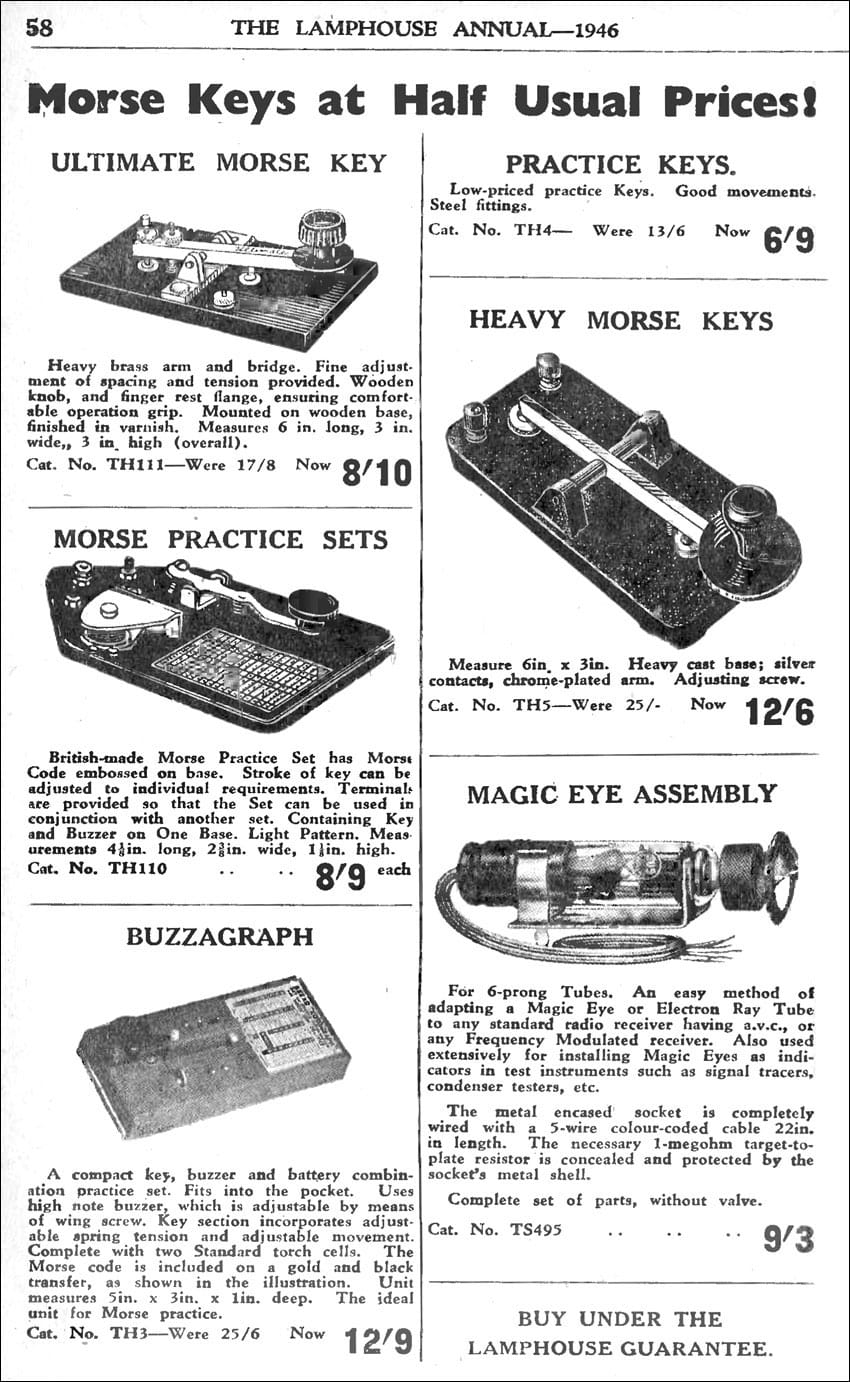
The Electric Lamp House Ltd (Wellington): Lamphouse Annual catalogue, 1946, p58
See more keys at the NZ Morse Key Directory.
Suggestions?
If you have suggestions on how to make the NZ Net better, or things you’d like to see covered in these updates, please contact ZL1NZ. You might even like to write something for the newsletter.
Thanks for reading, and I hope to hear you soon on the NZ Net!
—
Neil Sanderson ZL1NZ, Net Manager
New Zealand Net (NZ NET)
3535.0 kHz at 9pm NZT Mon-Fri


